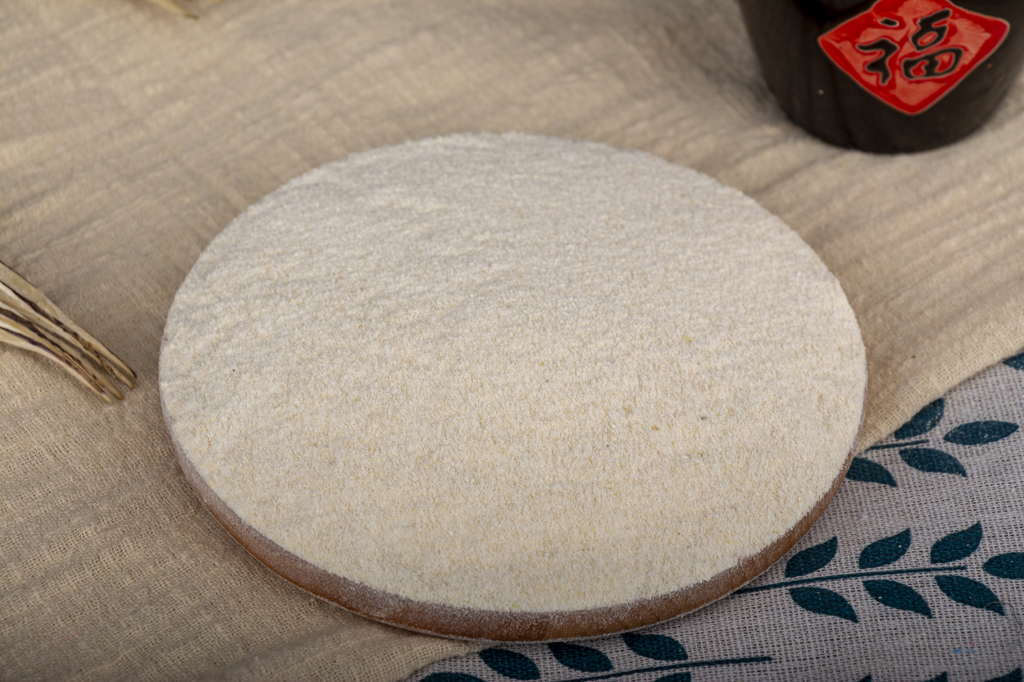- No.3 Beijing East Road, Laixi Economic Development Zone, Qingdao City, Shandong Province

| Moisture | ≤12% |
| Crude Protein | ≥7.0% |
| Dietary fiber | ≤70% |
The application of pea fiber in the pet field mainly focuses on its high dietary fiber content and excellent physical properties, which not only meet the nutritional needs of pet food but also satisfy the functional requirements of cat litter.
Maintaining intestinal function: High dietary fiber content can promote intestinal peristalsis in pets, help soften feces, and reduce constipation or diarrhea problems. It is especially suitable for elderly pets with weak digestive functions or breeds prone to constipation.
Enhance food properties: Good water absorption and water and oil retention capabilities can improve the water retention, taste and flavor stability of pet wet food, preventing dry food from becoming dry and hard due to water loss during storage. The rehydration and swelling capacity can increase a pet's sense of fullness, assist in controlling food intake, and help with weight management.
Suitable for various types of pets: Made from natural plant sources, it has low irritation and can be incorporated into a wide range of pet foods such as dog food, cat food, and small pet food (like rabbit food and guinea pig food), providing fiber nutrition without affecting palatability.
Enhanced clumping performance: With excellent water absorption and rehydration expansion capabilities, cat litter can quickly absorb urine and form compact, non-dispersing clumps, making it convenient for owners to clean and reducing the spread of odors caused by residual urine.
Enhance adsorption effect: The water and oil retention capacity can help adsorb odor molecules in cat feces and urine. Combined with its own characteristics, it can extend the service life of cat litter and reduce the frequency of replacement.